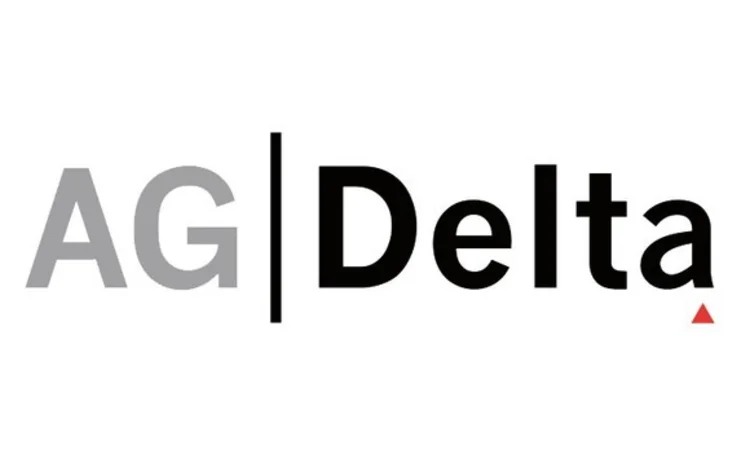
White paper: AG|Delta

What have emerged as some of the key challenges facing the private wealth management industry with regard to distributing retail structured investments to end-clients?
The global financial crisis uncovered a host of compliance issues related to selling practices of retail structured investments. While both the industry and regulators have taken initiatives to publish best practices, relatively little has been written about how technology can be specifically leveraged to not only address these challenges, but to create competitive advantages.
As volumes in retail structured investments have been steadily increasing since the financial crisis, the same challenges around robust distribution platforms across the supply chain of these offerings are re-emerging. This raises old questions about how technology can provide business automation, control checks, client transparency and productivity gains.
The industry has evolved IT environments where application processes and data reside in silos. This means wealth advisers face a myriad of system tools and business processes – some completely manual – when advising clients to invest in a combination of traditional versus alternative investment products, which is not a very efficient process. Achieving timely and accurate client reporting to consolidate transactional and portfolio information from internal or third-party product providers has, subsequently, proven to be very challenging. As a result, there have been lost opportunities to provide more proactive investment advice and establish the ‘trusted adviser status’ sought after by all wealth advisers.
What are some of the opportunities you are seeing develop as the industry invests in new infrastructure to support the distribution of retail structured products?
The industry is changing rapidly to meet the evolving needs of clients, wealth advisers, product manufacturers and product distributors. As a result, we have observed the following market opportunities:
Compliance for competitive advantage
Financial institutions have begun to move from aiming to merely satisfy regulators to organising their compliance efforts to drive efficiencies from the process, and even derive a competitive advantage by monetising the efforts put into meeting regulatory requirements. For example, one of our clients was the first bank operating in the Hong Kong market to address the recent changes announced by the Securities and Futures Commission in May 2011 to the existing Safe Harbour regulations surrounding the offering of structured notes versus equity-linked investment programmes.
Wealth adviser productivity
Wealth advisers are increasingly seeking tools that will enable them to be more productive and spend more time advising clients rather than performing transactional tasks. This will require automation as well as real-time client and trade surveillance analytics that provide access to market information, client behaviour and product demand. For example, we have seen our clients automate up to 90% of activities between investment product dealers and sales and wealth advisers when handling manual price enquiries. This has enabled the front-office head count to be re-deployed in higher-value activities such as product research, training and campaigning investment ideas to wealth advisers.
Proprietary products and open architecture platforms
The debate rages on between the respective product platform models, with open architecture long being supported by ‘best-execution’ principles and the Markets in Financial Instruments Directive.
We are seeing some financial institutions leverage the best of both worlds for proprietary flow products that they have a competitive advantage in, as well as adopting open architecture to supplement their traditional and structured investment offerings. This requires a technology platform that leverages complex business process orchestration to enable switching between internal versus external pricing, between product flavour or underlying and, as we observe with our clients, across client segments and market jurisdictions.
Virtualising the wealth adviser workstation
To provide timely advice to customers, wealth advisers require access to the same data that clients are able to view through their customer portal. For example, this could include accessing client risk profile information or providing status of trades or structures. We are seeing that it is not just about creating a single adviser workstation, but leveraging a solution platform that provides a smooth transition between the workplace and mobile access, enabling wealth advisers to provide wealth services online anywhere and anytime. Solutions that provide rich internet application technology, combined with mobile and tablet device support, provide great promise for both wealth advisers or direct clients.
What are the major technology trends developing among leading solution providers in this space?
The emergence of new technologies, such as Web2.0, social and enterprise networking, and rich visual dashboard tools, have enabled business-to-business and business-to-consumer e-commerce models to be adopted for the supply chain management of retail structured and traditional investment products.
For example, as we have all learnt through using social network tools such as Facebook or LinkedIn, the sharing of investment ideas can be done online within a community of users that extends beyond a single financial institution and its clients. This interaction can be data-mined for trends and behavioural statistics, which can be actioned upon.
We are seeing convergence in collaboration between product providers and distributors, with new technology playing a major part in facilitating the growth of the revenue pie.
Click here to view the article in PDF format.
Sponsored content
Copyright Infopro Digital Limited. All rights reserved.
As outlined in our terms and conditions, https://www.infopro-digital.com/terms-and-conditions/subscriptions/ (point 2.4), printing is limited to a single copy.
If you would like to purchase additional rights please email info@risk.net
Copyright Infopro Digital Limited. All rights reserved.
You may share this content using our article tools. As outlined in our terms and conditions, https://www.infopro-digital.com/terms-and-conditions/subscriptions/ (clause 2.4), an Authorised User may only make one copy of the materials for their own personal use. You must also comply with the restrictions in clause 2.5.
If you would like to purchase additional rights please email info@risk.net